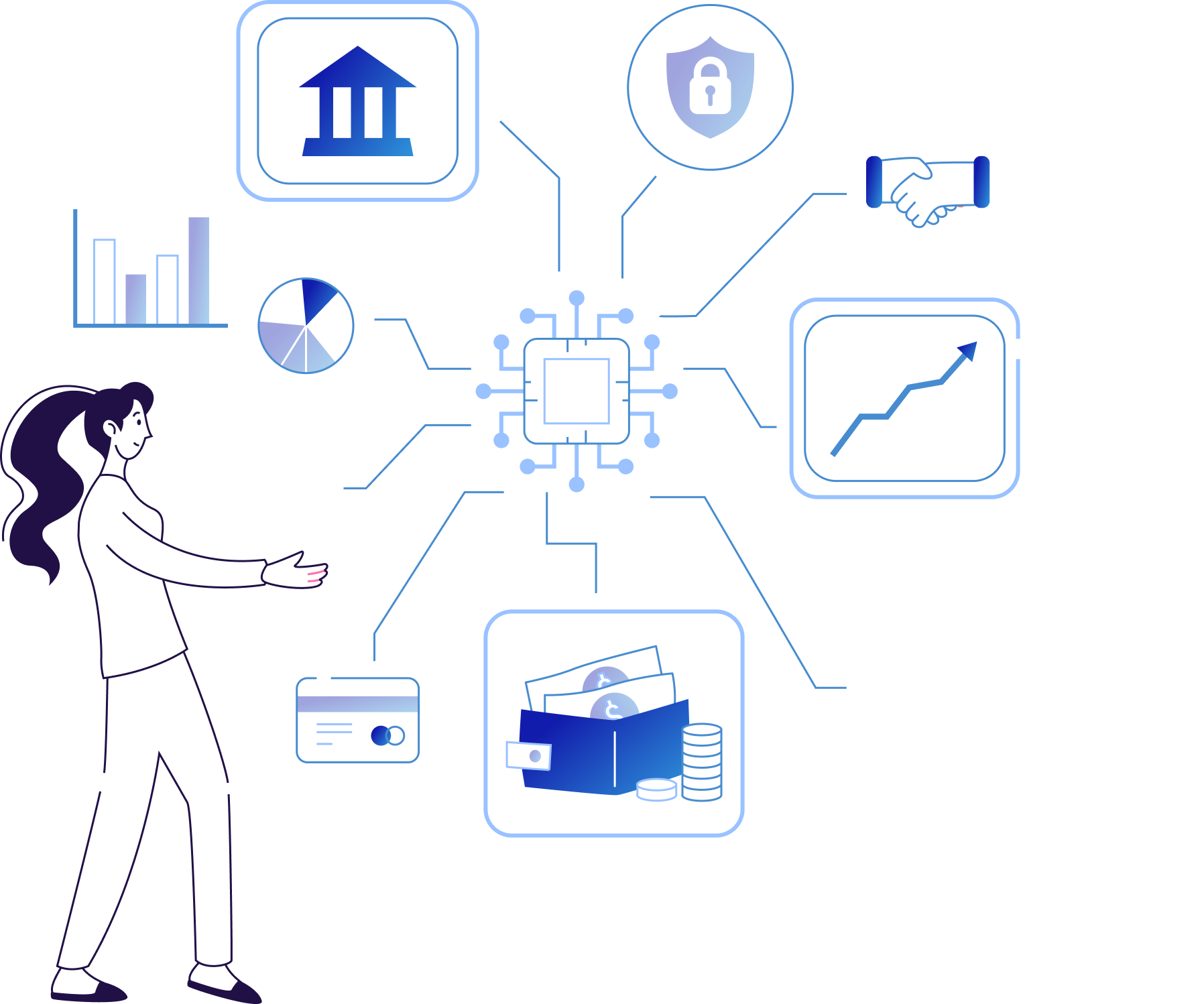Key Takeaways
Digital identity is critical to how societies and economies function. At its best, it empowers individuals in the digital world, expands free speech and expression, and drives incredible economic productivity. At its worst, it unjustly restricts freedoms, creates power imbalances, and extinguishes innovation.
Defining Identity
The term "identity" is very difficult to define and also achieve broad agreement, but we must have a working definition to have constructive discussions. Many valid definitions exist. The best definition we found for our work is the following: identity is the way that we recognize, remember, and respond to people and things.
As an individual, you have accounts online, but those alone are not your identity. In some bespoke situations, a person may identify by their social media username, but more generally, identity online is challenging to represent and prove. Identity can be split into two categories:
Two categories are useful to distinguish:
- Foundational identities: Legal identifiers such as passports or driver’s licenses.
- Functional identities: Context-specific identifiers, such as proving age or verifying that a nonprofit owns a bank account.

The Current Reality
Today, proving identity for high-value use cases like opening a bank account often requires showing a physical card to a webcam or traveling to a branch in person. These steps are slow, prone to fraud, and create unnecessary barriers for individuals and businesses. Technologies can streamline this process, but they have not yet been widely adopted.
As Kim Cameron, longtime Chief Architect of Identity at Microsoft, famously said, “The internet was built without an identity layer.” This missing foundation explains much of the complexity we see today. Early internet networks were built by and for trusted communities such as governments and universities. As the internet expanded, no universal approach for trusted identities emerged.
The result is a fragmented landscape. Each application manages its own silo of user data, forcing individuals to juggle countless credentials. According to NordPass, the average person now maintains over 150 passwords. These silos not only create friction but also generate massive security risks, with each database becoming a target for bad actors.

The Story So Far
Identity is not natively digital yet. Most credentials still exist on paper or plastic, which are cumbersome to manage and easy to counterfeit. Verification processes often require notarizations, phone calls, or manual checks. Transitioning to native digital identity built on automation and cryptographic signatures promises huge efficiency and security gains.
Past efforts, such as Microsoft’s Windows CardSpace and VeriSign’s Personal Identity Provider in the 1990s, struggled to gain adoption. The environment has since changed. Since the 1990s, the proliferation of smartphones, technological advancements, and the rapidly increasing importance of digital interactions on the internet have changed the landscape. With these deep technological shifts, state-directed investments in digital identity, and rising demand for trusted identities online, we believe that the outcome of digital identity efforts will be very different in the coming years.
The Global Importance
Trusted and inclusive digital identification has the potential to transform access to services, particularly for vulnerable populations. The World Bank notes that reliable identification can expand access to healthcare, banking, and social protections. The United Nations has recognized this importance by adopting Sustainable Development Goal 16, which calls for legal identity for all, including universal birth registration.
The economic impact is also significant. LexisNexis reports that compliance costs tied to identity management reached $274.1 billion in 2022, up sharply from $213.9 billion just two years earlier. Businesses face increasing pressure to prevent fraud and comply with complex regulations. Solutions for fraud prevention and identity verification are becoming central to reducing costs while maintaining trust.
The Road Ahead
Digital identity is at an inflection point. The building blocks exist to move away from fragmented, paper-based systems toward interoperable, privacy-preserving credentials. The challenge now is designing infrastructure that protects individual rights, prevents fraud, and supports inclusion.
For individuals, this means fewer passwords, more secure transactions, and greater control over personal data. For governments, it means creating systems that protect privacy while ensuring national and international interoperability. For businesses, it means unlocking new opportunities for secure digital services while reducing the risks and costs of data breaches.
SpruceID’s mission is to ensure this transition prioritizes empowerment, transparency, and privacy. By building on open standards, we aim to create systems that work for people rather than against them.

